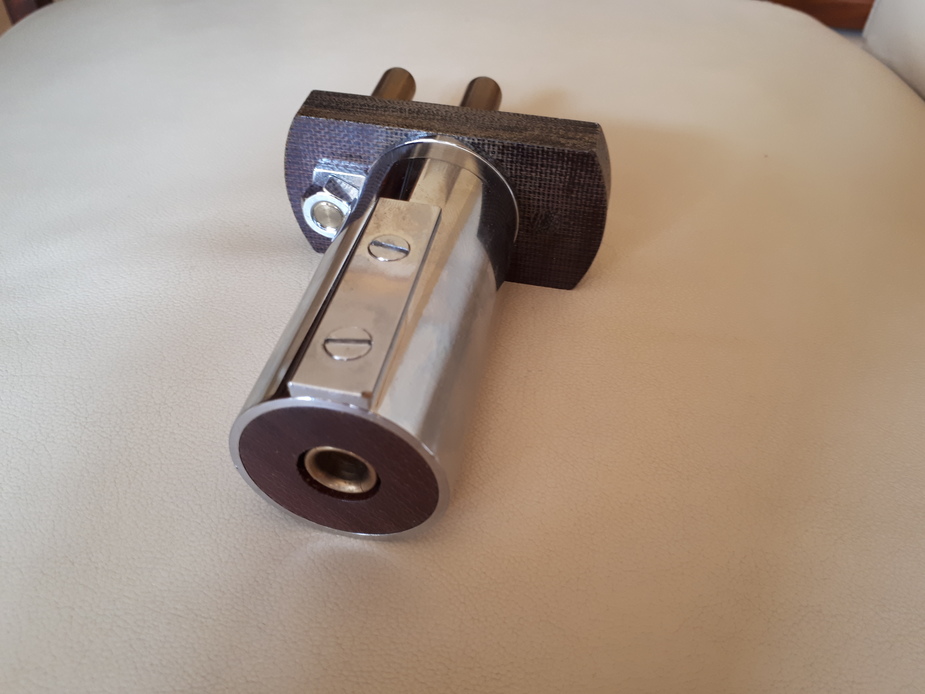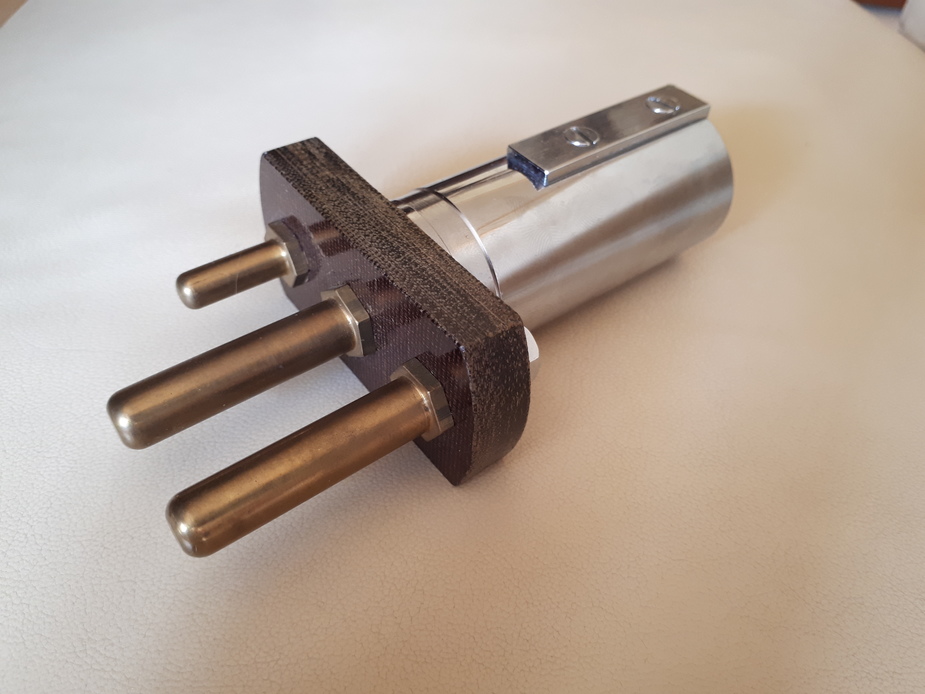On Pipers and Jodels I touch the stall warning sensor as I walk away.
Strolling nonchalantly into the FBO at some far flung New Mexico place, a guy coming the other way stopped me and asked “Is that a rental plane?”. “what’s it to him?” I thought, but answered politely “Yes”. “Oh”, he said, “because you’ve left the master on”.
Aircraft operating in the US are required to have the beacon on and many have it hard wired to the master switch. Not so here, and in the Warrior the beacon light is part of the strobe system which we are trained to turn off in the vicinity of personnel.
(Actually, this chap was asking because he thought the Hobbs would be running and wanted to help save me money! Actually the Hobbs is linked to the oil pressure switch in most planes nowadays, but that’s little consolation when returning to a flat battery.)
Aveling wrote:
The one occasion when it did happen is when I left the master on for 3Hrs at an unattended airfield.And yes, I’m very careful about the master switch these days!
Our local trick is to always leave the beacon switch on. Then, if you forget the master on, when you go out of the plane, you (or a kind observator) see the beacon on.
Ah, but you have the luxury of a hangar! My last action after sliding the cover over is to peek back inside the darkened interior and look for any tell tale lights glowing…
The TB20’s courtesy light is a popular candidate for a flat battery; takes a few days 
I’m rather perplexed about these aircraft where the battery goes flat. Admittedly the Warrior is a very simple aircraft and the only drain is the clock, which is broken (open circuit) most of the time anyway. But the battery doesn’t go flat, even if left for several weeks when I’m away.
The one occasion when it did happen is when I left the master on for 3Hrs at an unattended airfield. That took a kindly passer by and a newly acquired set of jump leads. Even then, I don’t see how a battery is going to be damaged by inrush current, given that the voltage instantly rises to match the donor battery without huge sparking and charge current falls back soon after the engine fires. The battery is rated at 300A or something, after all.
In any case, all this external power business is history in the Warrior where the 12v battery is under the back seat. Ordinary jump leads over the seat and out of the baggage door reach to the donor’s car. Even better, with a Lipo portable power pack (Lipos have very long shelf life), clip on in seconds and Vroom!
And yes, I’m very careful about the master switch these days!
Just an anecdote
My only external power was during a check ride on a C162 with a flat battery (the instructor left master and avionics on), and the jump start came from one of those airliner pushback tugs, i.e. about three times the size of the pane
Wish I’d taken a photo
I am now looking at implementing something like this, but not with an external connector, to avoid waterproofing issues.
The range of connectors which are truly waterproof is not great, so I will put something in the luggage compartment.
There are two ways to implement reverse polarity protection. One is to use just a simple diode (easy, since it is carrying just the charging current) but some designs have used a relay whose coil is switched from the input via a diode so the relay is energised only when the source is the right way around. The more modern way would be a hefty schottky diode (voltage drop ~0.4V) or, for the absolute purist, a MOSFET with a suitably negligible Rds (two a penny these days). You don’t really want the 0.4V drop because with a 28.0V charging source the difference between 28.0V and 27.6V is a battery which is fully charged and a battery which is much less than fully charged.
However… the big issue is getting mains power for the charger. I was doing some stuff on my plane today with the avionics on (various firmware upgrades, ADL150, Aera 660, etc) and the biggest fun was finding a long enough extension lead. There ought to be a product which can convert a 12V car battery into a regulated 14.0V or 28.0V, and which basically runs until the source is exhausted. Quite a small battery could then be used; really small if LIPO. Of course one can build it…
My problem has shrunk a little…
When rummaging through some plane stuff, i stumbled across something i hadnt made any sense of in the first few days and then put away (out of sight – out of mind)
So i can handle a standard/Cessna type plug now… at least ;-)


If you don’t here the ‘click’, don’t try and start.
I think that if you don’t hear the click, the external power connector is dead anyway and you won’t be able to start. I have had this a couple of times. It is (on the TB20) because Socata used the wrong sort of relay and the starter current passes through a normally-closed contact rated at only about 50A, and this eventually gets fused. More here.
If you have access to mains power near your parked aircraft (sore point for some people I know),
It is really sensible to install a (covert) battery charging connector, which connects directly to the battery (via a fuse which is close to the battery). I did that on Justine’s mum’s A-Class Merc whose battery would go flat after 1 week because the locking system drew 50-100mA  Some US pilots did this with a field approval…
Some US pilots did this with a field approval…
Getting further away from the topic, but this stuff is hopefully relevant to various people. There is also a similar thread here.